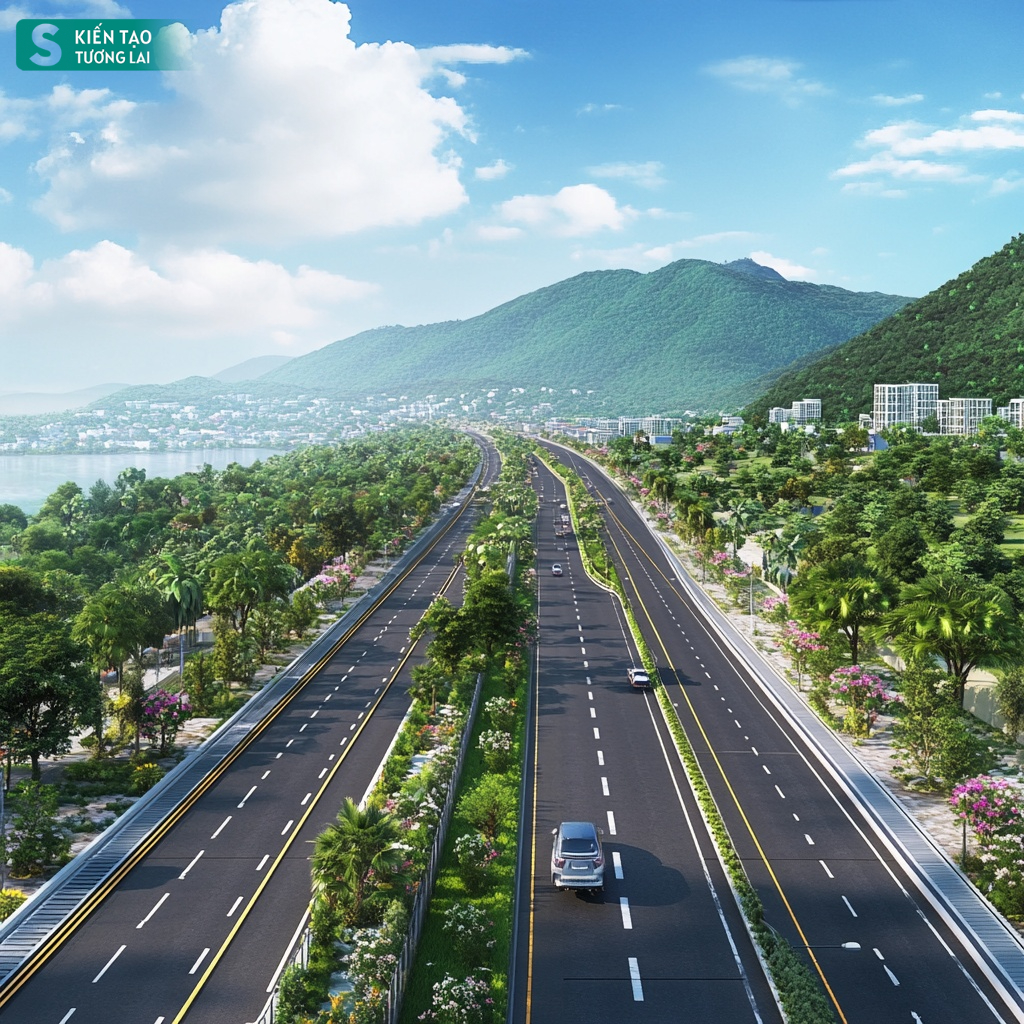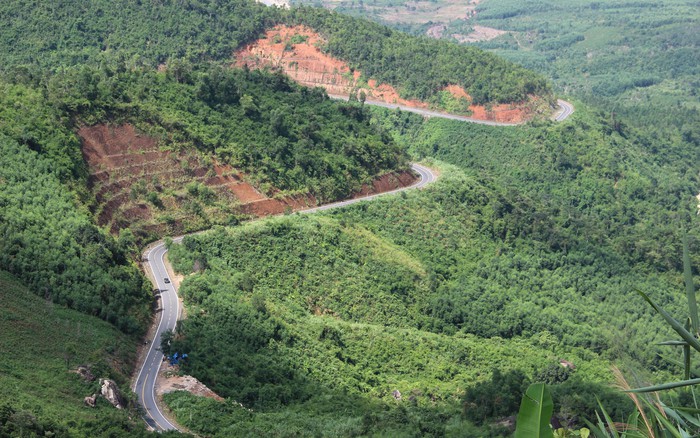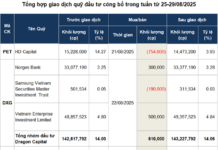Clarifying the Investment Scale of the Nha Trang – Lien Khuong Expressway
The Ministry of Planning and Investment has recently provided feedback on the investment plan for the Nha Trang – Lien Khuong Expressway. The proposed investment level for the 80.8 km-long route with a four-lane configuration, as per the plan, is approximately VND 25,058 billion, including construction and equipment costs of VND 18,889 billion. The Ministry suggested that the Ministry of Transport and relevant localities review and re-determine the total investment level of the project to ensure its reasonableness and accuracy.
According to Decision No. 816/QD-BXD dated August 22, 2024, of the Ministry of Construction, the expected investment cost for a kilometer of expressway, including bridges and soft soil treatment, is about VND 187,246 billion per km. If bridge construction and soft soil treatment are excluded, the cost is VND 144,633 billion per km.
Previously, in their proposal from October 2024, the People’s Committees of Khanh Hoa and Lam Dong provinces emphasized the necessity of the project based on the current state of the transportation network, transport demand, tourism development, socio-economic factors, and considerations related to security and defense.
According to the Road Network Planning for the 2021-2030 period, with a long-term vision towards 2050, the CT.25 Nha Trang – Lien Khuong Expressway is expected to be 85 km long, starting from the North-South Expressway in the East and ending at the Dau Giay – Lien Khuong Expressway. The project is planned for investment after 2030, with a four-lane configuration.
However, the two provinces proposed an alternative option with a total length of 99 km for the Nha Trang – Lien Khuong Expressway, divided into two sections: Nha Trang – Da Lat (80.8 km) and Da Lat – Lien Khuong (18.2 km). They suggested implementing the first phase of investment from Nha Trang to Da Lat using the Public-Private Partnership (PPP) model with a Build-Operate-Transfer (BOT) contract, including the participation of state capital, in line with the Law on PPP and policies encouraging social investment in road transport infrastructure.

AI-generated illustration of the Nha Trang – Da Lat Expressway
Significance of Constructing the Nha Trang – Lien Khuong Expressway
At present, National Highway 27C is the only route connecting Nha Trang and Da Lat, two of the most famous tourist destinations in Vietnam, located in Khanh Hoa and Lam Dong provinces, respectively.
This highway includes the 33-km long Khanh Le Pass, one of the longest and most winding passes in Vietnam, posing challenges for large vehicle transportation. National Highway 27C is prone to landslides during the rainy season and has witnessed unfortunate traffic accidents.
Just a few days ago, the road connecting Nha Trang and Da Lat suffered severe damage due to prolonged heavy rainfall, leading to serious landslides. More than 50,000 cubic meters of soil and rocks from the Khanh Le Pass engulfed the road. Massive boulders weighing hundreds of tons blocked the road, requiring the construction unit to use explosives for removal.

Khanh Le Pass on National Highway 27C, connecting Lam Dong and Khanh Hoa provinces, is prone to landslides and rockfalls during the rainy season. Image source: NLD Newspaper
Built to Grade IV-III standards, National Highway 27C can only accommodate a maximum load equivalent to approximately 4,200 five-seater cars per day and night. Therefore, by 2030, when traffic volume is expected to double, this highway will become overloaded.
With the increasing demand for cargo transportation using large-capacity vehicles from the Central Highlands to the seaports of South-Central Vietnam, along with the need to connect the two critical tourist destinations of Da Lat and Nha Trang through a high-quality and safe route, the construction of an expressway from Nha Trang to Da Lat becomes imperative.
The Nha Trang – Lien Khuong Expressway project will reduce travel time between the two cities from 3.5-4 hours to 1.5-2 hours, providing a significant boost to attract tourists to combined tours. Visitors will be able to conveniently access renowned destinations such as Da Lat, Nha Trang, and Cam Ranh, as well as ecological and cultural sites in the Central Highlands.
This will not only increase tourist numbers but also create opportunities for tourism businesses to thrive. The expressway will serve as a transverse axis connecting the Central Highlands and South-Central regions, enhancing connectivity between economic centers and seaports while meeting transportation needs.
The construction and operation of the expressway will generate numerous job opportunities for local workers. Additionally, related sectors such as services, tourism, and trade will benefit, contributing to increased income and improved living standards for the local population.







































